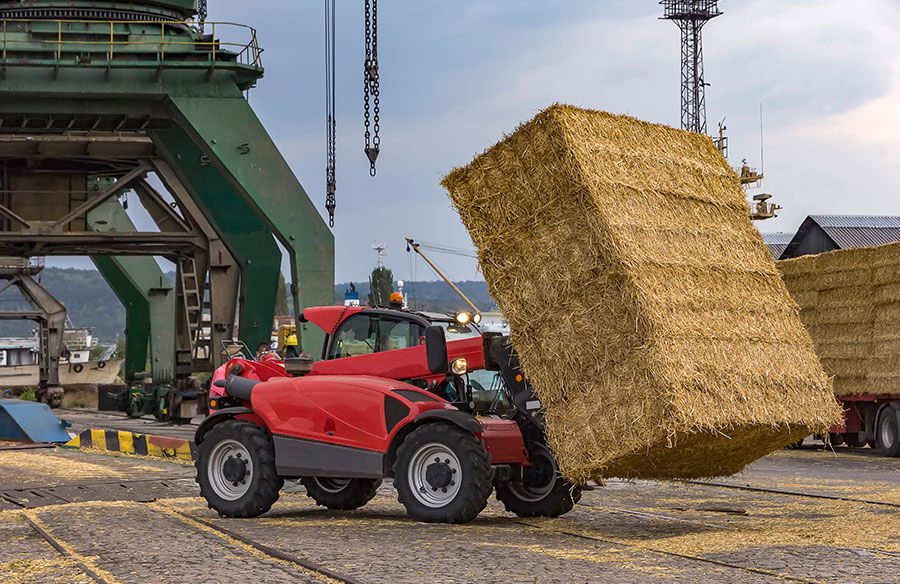
Aluminum Composite Panels (ACP) and Glass Reinforced Concrete (GRC) are two materials often used in construction projects. Both ACP lines and GRC involve a highly complex manufacturing process and are considered the preferred modern materials for architects and engineers. Both have their own advantages and disadvantages, serving multiple purposes. In this blog post, we will take a look at ACP and GRC side-by-side to compare the two materials and help you decide which is the best option for your next project.
Table of Contents
What are ACP and GRC?
The benefits of ACP
The benefits of GRC
Comparing ACP to GRC
What are ACP and GRC?
Aluminum Composite Panels (ACP) and Glass Reinforced Concrete (GRC) are two materials commonly used for designing, construction, and finishing. ACP is a lightweight, durable cladding material made up of two aluminum sheets; the sheets are bonded together with a core of thermoplastic material in between. GRC, on the other hand, is a composite material made up of cement, sand, and fibers. GRC is significantly powerful, lightweight, and resistant to weathering.
ACPs can be found on the exterior walls of many buildings such as shopping malls, residential complexes, and office towers as well as the interior layouts of residential homes. It is often applied in interior partitions and wall cladding.
GRC is commonly used in precast concrete structures like bridges, columns, and decorative façade elements. It is also used in the construction of monuments, stairways, and other architectural designs.
The benefits of ACP
Aluminum composite panels (ACP) have long been known for their versatility and lightweight properties. It provides excellent protection against the elements, while still allowing for a range of design possibilities.
The first benefit of ACP is that it’s incredibly lightweight. This makes it easy to transport, install, and work with during construction. It’s highly durable and can last for decades, even in harsh weather conditions. The panels are also resistant to fire, meaning they can provide an additional layer of safety for buildings.
Another great advantage of ACP is its versatility. It comes in a range of different colors, textures, and finishes, allowing it to blend seamlessly with any building style. Architects and designers have plenty of freedom when designing with ACPs thanks to the easy cutting process. This makes ACP an ideal choice for complex projects with unconventional designs.
With respect to pricing, ACP is affordable compared to other cladding materials, making it highly accessible to a range of businesses and individuals. This makes it the perfect choice for those looking for an effective yet cost-effective cladding solution.
The benefits of GRC
Glass Reinforced Concrete (GRC) is a type of concrete that has been reinforced with glass fibers for improved strength and durability. It is an ideal material for many applications due to its ability to be molded into complex shapes and sizes, very high thermal resistance, and excellent resistance to weathering and chemical attacks.
One of the major benefits of GRC is its strength. The addition of glass fibers significantly increases the tensile strength of concrete, allowing it to withstand heavy loads without cracking or breaking. This makes GRC an excellent choice for applications such as infrastructure, bridge supports, and large-scale construction projects where load-bearing capacity is critical.
In addition to its strength, GRC provides superior corrosion resistance. The glass fibers are highly resistant to corrosion, so GRCs are used in areas where concrete may be exposed to harsh chemicals or saltwater. It is also more resistant to fire than traditional concrete, making it a great choice for safety-critical applications.
GRC offers superior acoustic performance compared to traditional concrete. The use of glass fibers helps to dampen sound vibrations, making GRC a preferred option for soundproofing applications. This can be particularly beneficial in industrial settings where loud machinery is in use.
Finally, GRC is an aesthetically pleasing material that can be colored and molded into complex shapes for decorative purposes. This makes it a great choice for architects looking for a strong yet attractive material for their projects.
Comparing ACP to GRC
When it comes to choosing between aluminum composite panels (ACP) and Glass Reinforced Concrete (GRC), both have their advantages. GRC is more durable than ACP and has superior insulation properties, making it ideal for outdoor applications such as walls and facade cladding. GRC is also highly fire-resistant, which is great for safety purposes. On the other hand, ACP is lighter in weight and easier to install, making it a better choice for indoor applications like interior wall cladding.
In terms of price, GRC is generally more expensive than ACP due to its greater durability and insulation capabilities. However, the overall cost depends on factors such as the type of finish and installation method used.
So which one should you choose? It really depends on your specific needs. If you’re looking for a lightweight and easy-to-install solution that will last long, ACP is your best bet. On the other hand, if you need something more durable and fire-resistant, GRC may be the right choice for you. Ultimately, it’s important to weigh your options carefully before making a decision.
Conclusion
Aluminum Composite Panels (ACP) and Glass Reinforced Concrete (GRC) offer distinct advantages for different applications. If you’re looking for a lightweight and easy-to-install solution that is more budget-friendly, ACP may be your best bet. GRC, on the other hand, is highly durable, fire-resistant, and sustainable. Both are valuable materials in today’s market. Ultimately, you should consider the project goals and design requirements when choosing between ACP and GRC.







